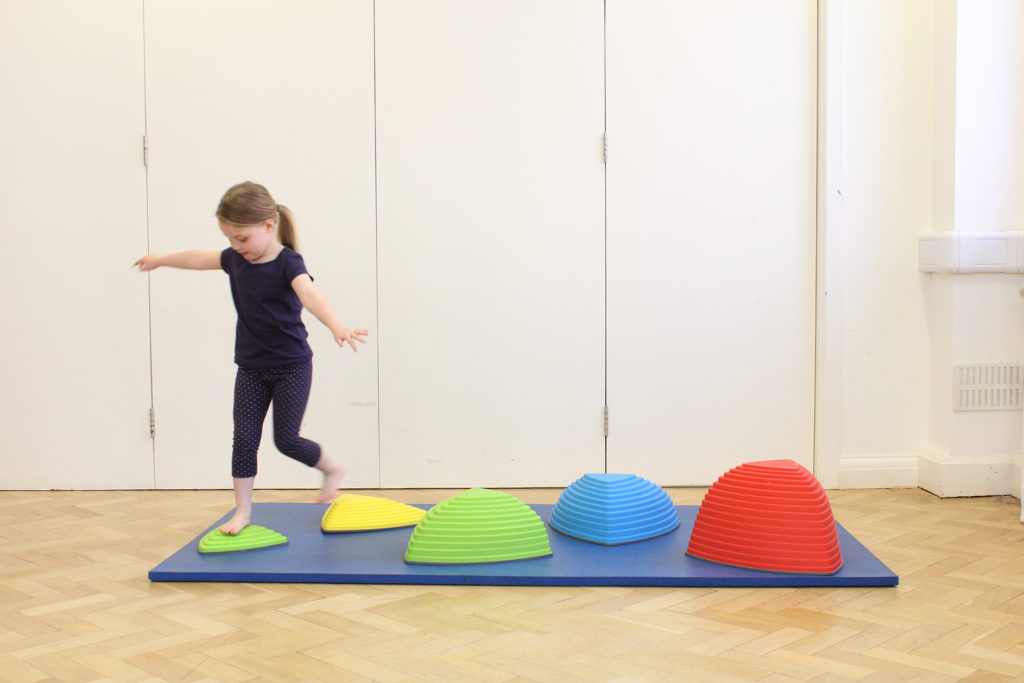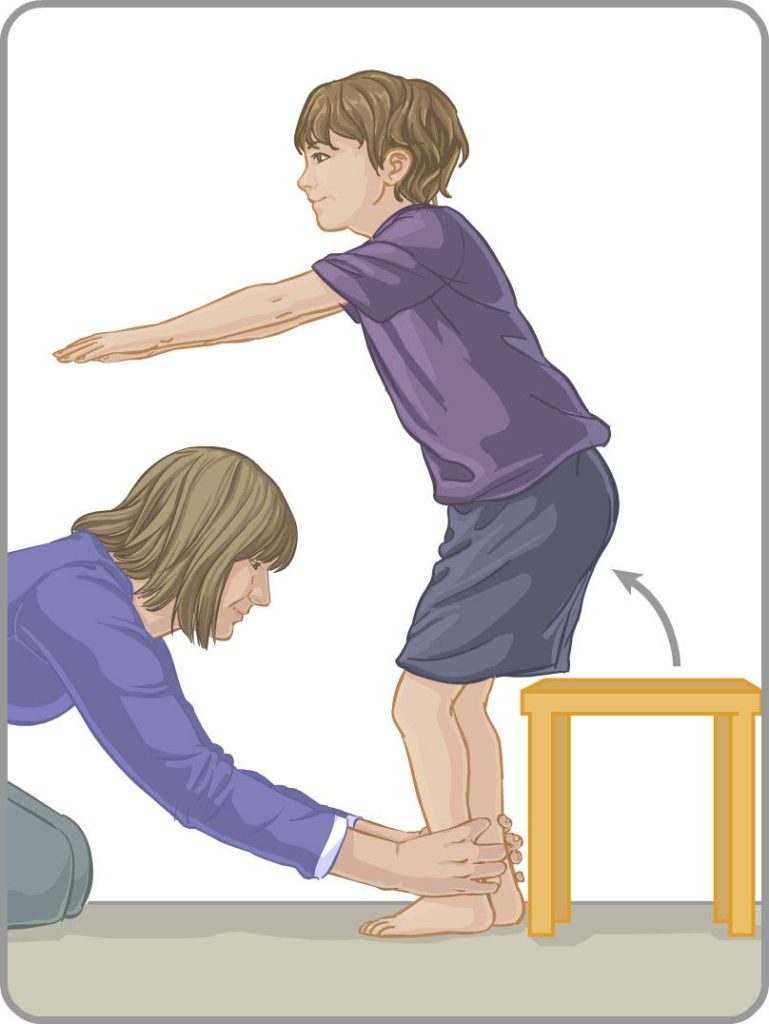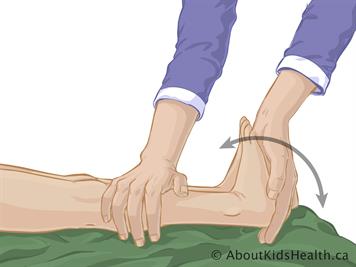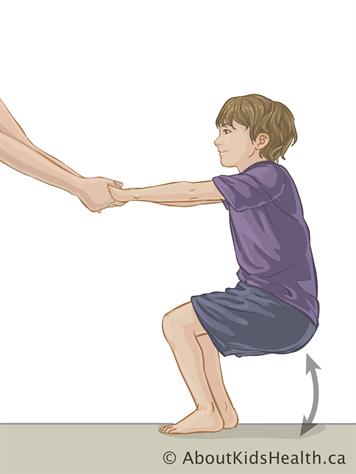Toe Walking
When children first begin to walk, they try out many different foot positions to help them navigate this new skill & walking on their toes may be a part of this. Toe walking is a pattern of walking in which a child walks on balls of his or her feet.
Toe walking is common in children who are learning to walk. All kids go through different stages of walking. After the age of 2, however, most children outgrow toe walking and begin to walk with a normal heel-to-toe pattern.
Any child, toe walking past the age of 2 should undergo a thorough physical exam. If the exam and history are normal, it might just be a habit or a lot of times, these kids pick up the habit from other family members, including siblings. In some cases, continuing to toe walk after age 2 may be a sign of an underlying medical condition.
Cause –
In the vast majority of children, toe walking is “idiopathic,” which means that the exact cause is unknown.
Toe walking in children can be caused by some factors such as:
- Muscle/tendon tightness/shortness (esp. calf either at birth or over time)
- Joint stiffness
- Gait development problems
- Growth spurts/deformity
- Neurological conditions (e.g. Cerebral Palsy, Autism)
- Decreased flexibility of leg & foot muscles
- Decreased balance
- Altered sensory processing
- Leg-length discrepancy
- Decreased overall body strength
No matter the cause of toe walking, addressing it at the right time in a child’s development is important. Ignoring gait problems can lead to other difficulties later in life, mostly due to muscle tightness. Thus, even habitual toe walking or tight tendons can and should be addressed with physical therapy.
Features –
They will often stand with their feet flat on the ground, but when walking or running will prefer to be on their toes.
Some features include –
- Walk on tip toes on both sides
- Constantly balancing on their toes
- Walk with straight knees
- Decreased movement of their ankles
- Pain in feet
- Pain in knees
- Pain & tightness in legs when walking or sitting
- Muscle length problems later in life
- Bio-mechanical problems later in life causing pain or problems in other areas
- These children may complain about problems wearing shoes or participating in sports or recreational activities.
Issues that might develop with long-term toe walking include atrophy of the muscles that are not being used, foot pain and tendinitis due to other tendons compensating.
Management –
Physiotherapy treatment can be very effective in treating issues that may arise (e.g. tightness, pain, falls) and, hopefully, improve your child’s ability to achieve a heel-toe walking pattern.
Treatment options include:
- Stretching exercises – including calf muscles and hamstrings to improve muscle length and minimize pain and falls
- Motor control and strengthening exercises – this involves exercises for strengthening muscle groups so your child is more able to walk with a heel-toe pattern
- Soft tissue tightness release techniques – to relieve tightness & pain
- Habit changing strategies – such as encouraging a normal walking pattern and retraining your child to walk with a heel strike
- Joint mobility exercises – to prevent stiffness & maintain normal range of motion
- General advice on footwear that can minimize the toe walking pattern
- Setting up a home program, as these treatments are best completed daily and within your normal life
Some exercise examples include:
- Marching on the spot
- Walking uphill
- Walking on uneven surfaces such as in playground or sand
- Heel walking
- Squats
For further information, reach out to us at - Pooja Physiotherapy & Health Care Center Blk 77 Indus road #01-521S’160077 Call now @6384 5452 or Whatsapp @8322 3371 or Drop an email at info@physiopooja.com.sg





